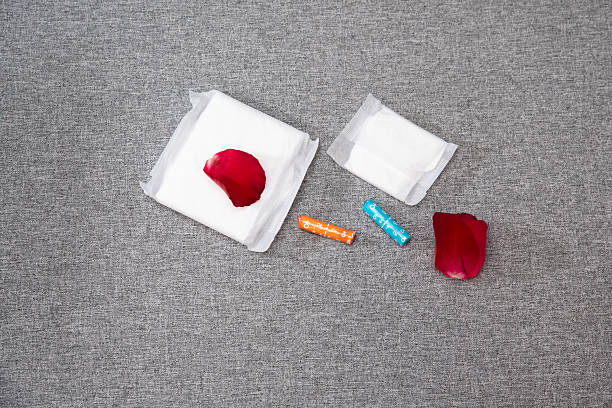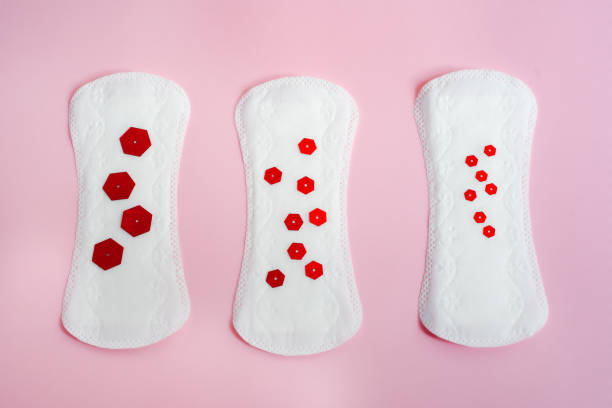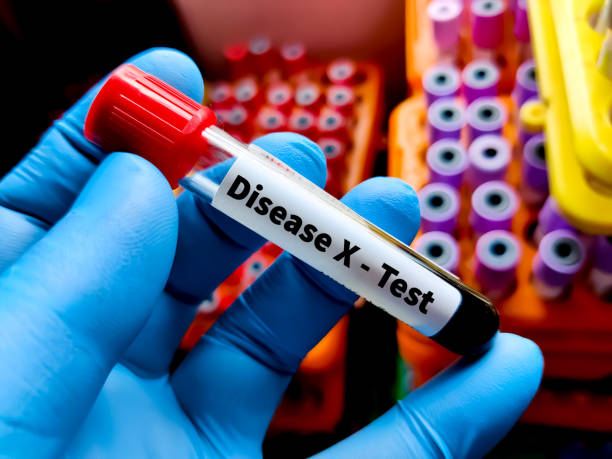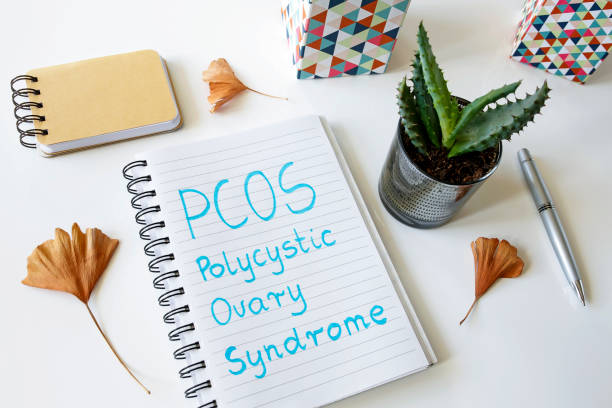Understanding Your Period: Healthy vs. Unhealthy Characteristics
A Guide to Recognizing Normal and Abnormal Menstrual Cycles

It's helpful to understand the characteristics of both a healthy and an unhealthy period to monitor your reproductive health. Keep in mind that there can be variations from person to person, so knowing what's typical for you is key.
Healthy Period Characteristics:

- Consistent Cycle Length: Occurs roughly every 21 to 35 days. While a 28-day cycle is often cited, this is just an average. Consistency is more important than hitting a specific number.

- Predictable Onset: You can generally anticipate when your period will start each month.
- Moderate Flow: Bleeding lasts for about 2 to 7 days. The amount of blood lost is generally between 5 to 80 milliliters (about 1 to 6 tablespoons).1 You shouldn't be soaking through a pad or tampon every hour for multiple hours.
- Manageable Symptoms: Some mild symptoms like cramps, bloating, breast tenderness, fatigue, or mood changes are common due to hormonal fluctuations (PMS).2 These symptoms should be mild enough that they don't significantly interfere with your daily life and usually subside a few days into your period.
- Normal Blood Color: The color can vary throughout your period, ranging from bright red at the start to darker red, brown, or even pink towards the end.3 These color changes usually reflect the age of the blood and the speed of flow.4

- Small Blood Clots (Occasionally): Small clots, smaller than a quarter, can sometimes occur, especially on heavier flow days.5
Unhealthy Period Characteristics (When to Consult a Doctor):
- Irregular Cycle Length: Periods that frequently occur less than 21 days apart or more than 35 days apart. Significant variations in cycle length from month to month can also be a concern.
- Unpredictable Onset: You cannot anticipate when your period will start.
- Heavy Bleeding (Menorrhagia):
- Soaking through one or more pads or tampons every hour for several consecutive hours.
- Needing to use double protection (e.g., pad and tampon together).
- Passing large blood clots (larger than a quarter) frequently.6
- Bleeding that lasts longer than 7 days.7
- Bleeding that interferes with your daily activities due to the heaviness.8

- Severe Pain (Dysmenorrhea): Cramps that are so intense they prevent you from going to work, school, or carrying out daily tasks, even with over-the-counter pain medication. This could indicate conditions like endometriosis, fibroids, or pelvic inflammatory disease (PID).

- Absent Periods (Amenorrhea): Not having a period for 3 or more months (if you are not pregnant, breastfeeding, or in menopause). Also, not having started menstruating by age 15.
- Bleeding Between Periods (Metrorrhagia) or After Sex: Any unexpected bleeding or spotting that occurs between your regular periods or after sexual intercourse.9
- Unusual Blood Color or Odor:
- Gray or off-white blood: May indicate an infection like bacterial vaginosis.
- Foul-smelling vaginal discharge: Can also be a sign of infection.10
- Severe PMS Symptoms: Mood swings, depression, anxiety, irritability, fatigue, or physical symptoms that significantly disrupt your daily life. This could indicate Premenstrual Dysphoric Disorder (PMDD).
- New or Worsening Symptoms: Any sudden changes in your period or associated symptoms that are concerning to you.
Tracking Your Cycle:
Paying attention to your menstrual cycle by tracking it (using a calendar or an app) is crucial for understanding what is normal for you and identifying any potential changes that may warrant a discussion with a healthcare professional. Note the start and end dates of your period, the heaviness of flow, any symptoms you experience, and any unusual bleeding.










































































































































































































